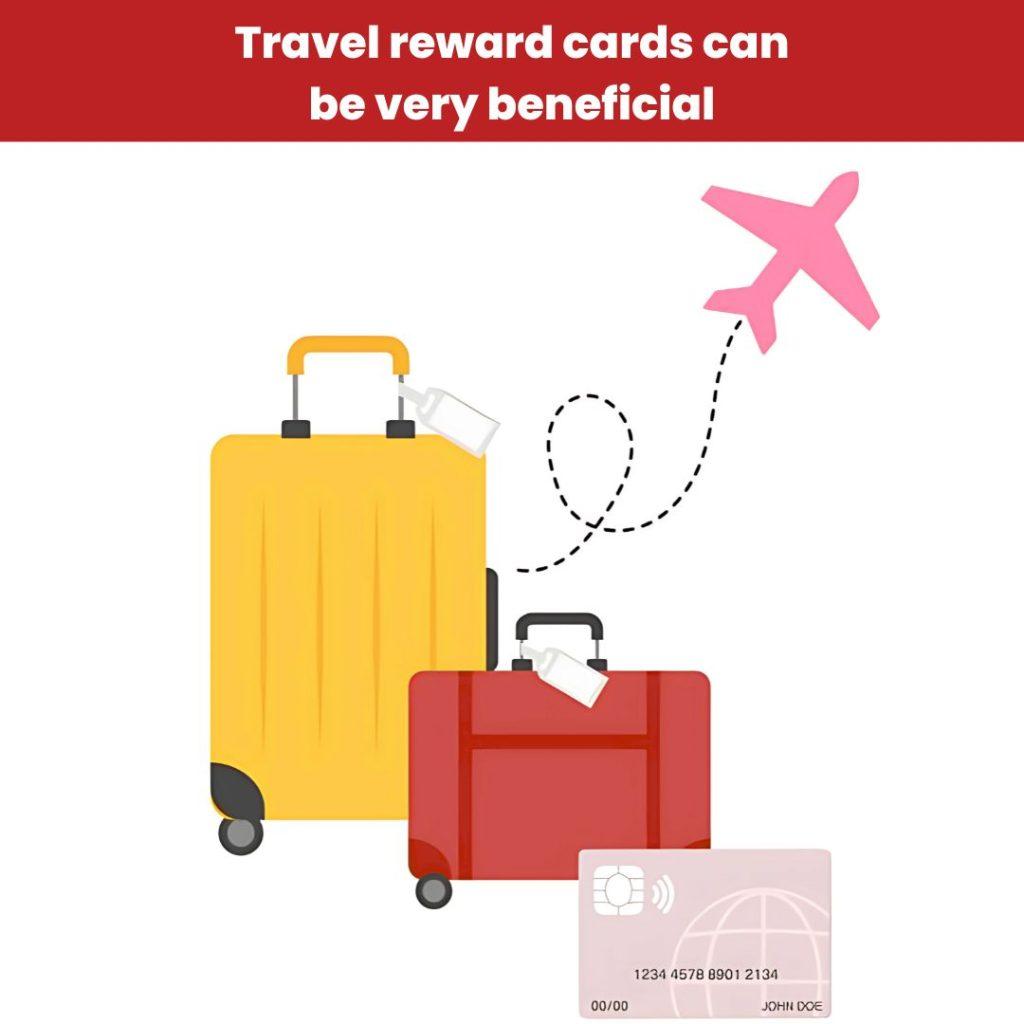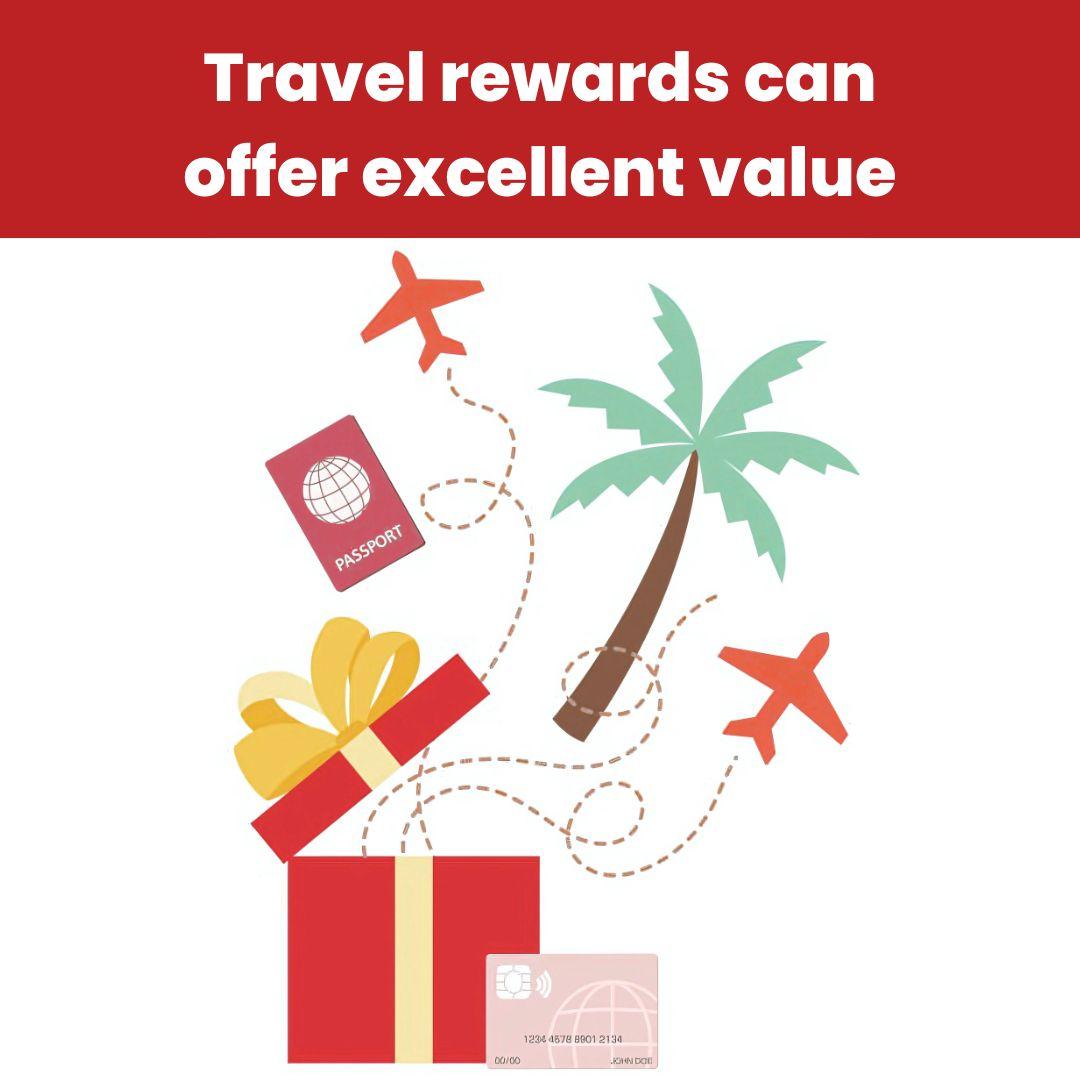In 2025, many Canadian households are taking a fresh look at their rewards credit cards. While travel points once seemed like the go-to option for aspirational trips and exclusive perks, today’s cardholders are questioning whether those perks are still worth the effort. Cash back vs. travel points in Canada has become a practical debate: is it better to rack up reward miles toward a trip you may not take—or get direct money back into your pocket? The answer depends on your lifestyle, spending habits, and goals. This blog breaks down the key differences between cash back and travel points, helping you decide which path may offer the most value for your everyday spending.
Understanding the Basics: What Are You Actually Earning?
Before choosing between cash back and travel points, it’s important to understand how each system works. Cash back cards offer a percentage of your spending returned to you in Canadian dollars. This reward is straightforward: spend, earn, and redeem. For example, the Tangerine Cash Back Credit Card allows users to choose categories where they can earn higher percentages on their everyday purchases.
Travel rewards, on the other hand, give you points or miles for every dollar spent. These points can be redeemed for flights, hotel stays, or other travel-related expenses. The value of those points can vary depending on how and where you redeem them.
Flexibility in Redemption: Dollars vs. Destinations
One of the most critical factors when comparing cash back vs travel points in Canada is redemption flexibility. Cash back is typically applied as a statement credit, deposited into a linked account. The process is simple and intuitive.
Travel rewards can offer excellent value—especially if redeemed strategically through platforms, or airline partners. But they often come with blackout dates, seat restrictions, or minimum thresholds. This limits flexibility, especially for families or individuals with rigid schedules or specific destination needs.
Value per Dollar: Which Gets You More Bang for Your Buck?
On the surface, a 2% cash back rate may not seem exciting. But it’s predictable and consistent. Cards like the Rogers Red World Elite Mastercard and Tangerine World Mastercard are known for offering strong returns on everyday purchases, including foreign transactions in some cases.
Travel rewards can sometimes offer higher per-dollar value—particularly when redeemed for luxury flights or accommodations through specific channels. For instance, redemption through American Express Cobalt travel partners can offer returns that beat typical cash back rates. However, this often requires planning, research, and a touch of luck. For the average Canadian household, the practical value of cash back may feel more tangible and immediate.
Lifestyle Fit: Is Travel Realistic for Your Household?
A significant factor in this debate is lifestyle fit. If you’re a frequent traveler or someone who flies multiple times a year for business or leisure, travel rewards might align perfectly with your spending patterns. Cards like the Amex Business Platinum Card or Platinum Card Amex offer airport lounge access and travel insurance perks that make frequent travel more comfortable.
But if your travel is more aspirational than actual, you might find yourself sitting on unused points. Canadian families with young children, irregular schedules, or budget constraints may find cash back a more suitable option. Direct savings through Tangerine cash back, for example, can help reduce monthly household costs without requiring complicated redemption processes.
Ease of Use and Transparency
Cash back cards are generally more user-friendly. You know what you’re earning, and you can typically track it with a simple app or online statement. This transparency is appealing to many Canadians who want rewards without the fine print.
Travel points systems often involve tiered rewards, transfer partners, and fluctuating redemption values. For example, understanding how to convert MBNA rewards into optimal value on flights or accommodations can take time and effort. If you enjoy maximizing points and diving into the fine details, travel rewards may suit you. Otherwise, a top rated cash back credit card may provide a smoother experience.
Promotions, Perks, and Extra Value
Travel reward cards often come with substantial welcome bonuses, which can be appealing. Whether it’s a bonus from the Amex Gold credit card or a sign-up offer through TD First Class Travel, the upfront value can be impressive.
However, cash back cards also offer promotional perks. Some even pair well with retail savings platforms. For instance, savvy spenders can stack their cash back rewards with a coupon code, effectively boosting their total savings.

Long-Term Strategy: Set It and Forget It vs. Active Management
Cash back cards are often ideal for those who want a “set it and forget it” solution. You don’t need to track reward charts or plan future travel; you simply spend and earn when needed. Cards like the Tangerine Cash Back Card allow cardholders to passively build value every month, especially when paired with recurring household expenses like groceries, utilities, food, sports and gas. The simplicity of this approach makes it especially attractive for busy families or individuals who want to streamline their finances without sacrificing value.
In contrast, travel rewards often require ongoing management. You’ll need to monitor expiry dates, bonus categories, and redemption options. Many travel cards, such as those offering access to platforms like Expedia or Priceline, can deliver significant returns—but they demand planning and flexibility. Redeeming travel points at maximum value often means booking well in advance or being open to alternative routes and dates. If you’re organized, detail-oriented, and motivated to optimize every point, the rewards can be worth the effort. However, if convenience and predictability are your top priorities, cash back may prove more rewarding in the long run.
Household Needs vs. Aspirational Spending
Lastly, consider your financial priorities. Are you trying to offset everyday expenses like groceries and utilities, or are you focused on saving for an annual vacation? The Wealthsimple Cash Card, for example, may offer a seamless way to manage cash rewards for daily purchases, while a travel card might sit unused until you’ve saved enough points for a significant trip. This distinction is especially important for Canadian households managing tight monthly budgets or juggling multiple financial goals such as childcare, mortgage payments, or debt repayment.
Cash back rewards can provide steady relief by covering essentials or even small indulgences. If you’re making regular purchases at retailers, using a coupon code, the savings can be more immediate with cash back, helping you feel the benefit every billing cycle. For others, the thrill of redeeming travel points for a luxurious getaway—whether it’s a resort stay or a flight upgrade—may outweigh the simplicity of direct rewards. Ultimately, your ideal rewards system should align with how and where you spend most frequently.
Choosing the Rewards Program That Works for You
There’s no one-size-fits-all answer when it comes to cash back vs travel points in Canada. If your household values simplicity, flexibility, and immediate savings, a solid cash back card is likely the better fit. But if you’re a frequent traveller or enjoy optimizing your points for maximum value, travel rewards and perks may provide more excitement and luxury—when used strategically. The key is to match your rewards strategy with your lifestyle, budget, and financial goals.
It also helps to consider how you shop and spend. Are you regularly purchasing sporting goods with a Team Town Sports discount code, updating your tech with a Dell coupon code, or booking hotels through platforms like Priceline? These habits can shape whether cash back or travel rewards offer more real-world value. In 2025, Canadians have access to an evolving mix of cards, like the Amex Cobalt cash back, designed to suit different preferences. Assessing your everyday spending behavior—and how often you want to think about your rewards—is what will ultimately determine the best fit for your household.
Where Great Canadian Rebates Fits In
With rising costs and changing travel habits, it’s more important than ever to get real value from your everyday spending. That’s where Great Canadian Rebates can make a difference. Whether you’re considering a Tangerine credit card cash back option or looking to maximize your rewards through a travel-focused card like the Amex Cobalt cash back, our platform makes it easy to compare some of Canada’s most competitive credit cards in one place. Plus, when you apply through our site and get approved, you can earn generous cash back rebates—on top of the rewards from your card.


